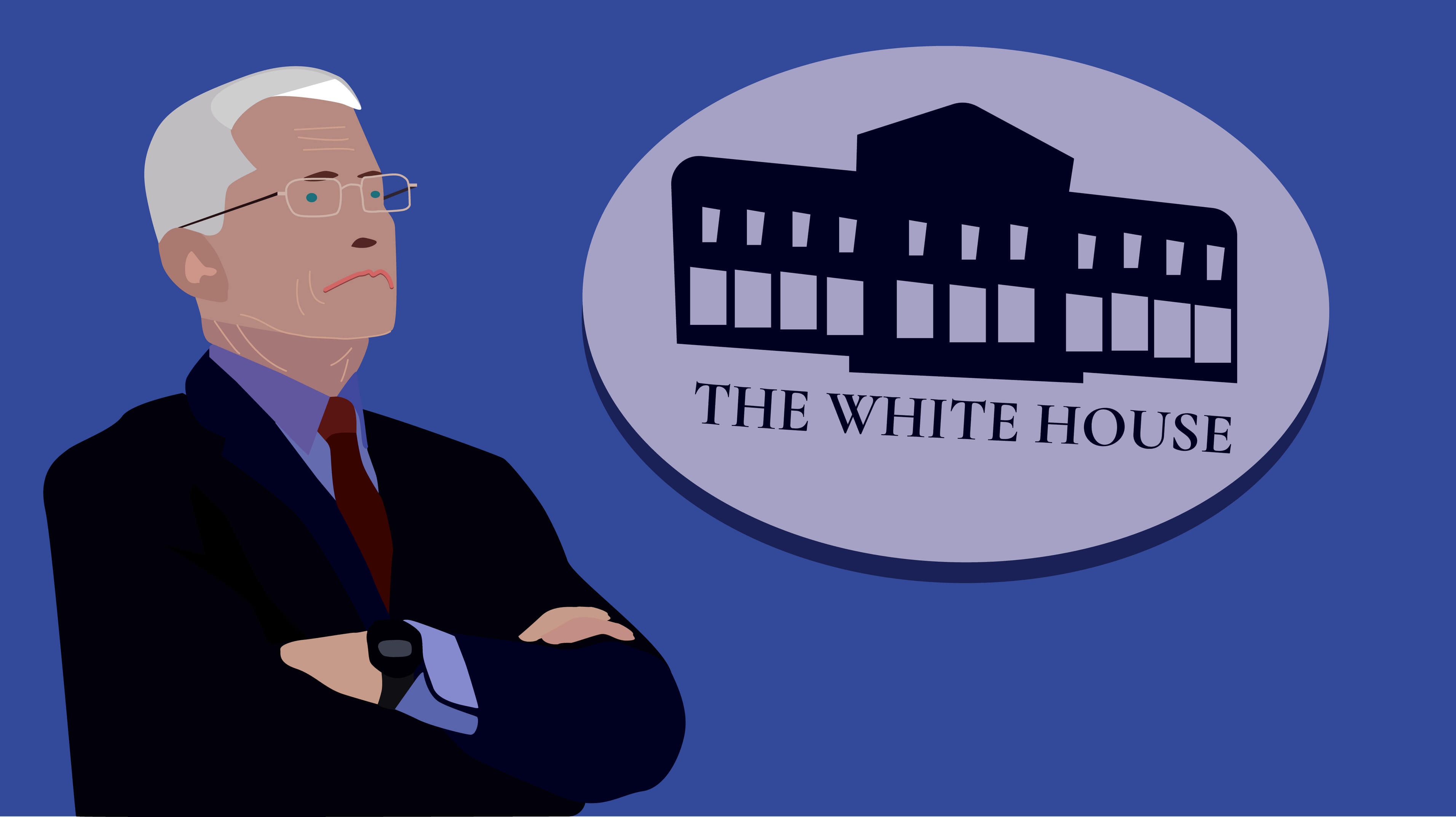Could Your Emails Benefit From The Fauci Treatment?
Fauci’s treatment of requests helps his team in a pressured and busy work environment.

Effective work emails are as much about how as what. Thinking about how you ask for things can get a better response than just typing what you want in an email. Of course, how you ask depends on many different factors: the imposition of the request, the workplace hierarchy, type of work etc.
Here’s how Dr. Anthony Fauci emailed his team during the Covid-19 pandemic. He was the Chief Medical Adviser to the US President and Chief of the US infectious diseases organisation, NIAID.
Fauci uses a construction that could work well when asking for things in business; ‘please’ plus imperative. The imperative form of the verb is the bit that gives the order. In the examples below it’s take, see, fashion. It can often seem a bit abrupt in the workplace (although less abrupt than leaving out the ‘please’).
Fauci uses this structure in requests to his team, like this:
Please take a look
Please take care of this
Please see me tomorrow
Please fashion some responses
This is not typical of business emails, where we often soften the request. We use phrases (in blue) that show respect for the other person’s time. This leads to sentences like;
I wonder if you might have time to take a look
Would it be possible for you to take care of this
Could you come and see me tomorrow
I would be grateful if you could fashion some responses
The initial phrases manage the request. They recognise that you don’t have a right to the person’s time and effort, and give them an opportunity to gracefully decline your request.
We see an extreme example of this in emails exchanged between Hillary Clinton and her team when she was US Secretary of State.
I wanted to ask if you thought it might be possible to get a bit of time with the Secretary.
This very indirect request comes from someone junior and outside the core team. The long qualifying phrase (in blue) contrasts with the direct way the insider group speak to each other. They use much shorter structures:
Let me know if today or tomorrow works for you
So why doesn’t Fauci soften his emails with modifying phrases? We think this construction works for Fauci because he is a highly-respected scientist and is working in a pressured environment. For him and the team, it is important that communication is clear. To do this he makes it short. He often uses short words, structures and indications of politeness; like ‘please’.
He is senior to everyone else. Office hierarchy plays a role in how we communicate. As the senior member of the team, there is less requirement for him to show deference in his emails. His role entitles him to ask other people to do things for him, and his team is expecting requests and delegated tasks. Like Clinton, he uses shorter structures, but he is not impolite.
In contrast to the formal hierarchy, we can also see a friendliness between the team. They know each other well and understand their work pressures. So there is less need for formal politeness in their email communication. Fauci uses the informal expression ‘what say you?’ with his team.
This is in contrast to the language used by people from outside the organisation writing to Fauci. They show their respectfulness in more formal qualified structures, like;
I'm just wondering how your opinion about the possibility of containment and how fast we are approaching a pandemic has changed.
One way to avoid long ‘I’m just wondering if…’ phrases is to use ‘please’ as a shortcut to politeness in requests. It may seem surprising, but as we have shown above, requests at work, do often not include ‘please’. In a pressured workplace, Fauci manages to be both clear (imperative) and polite (please), without lengthy qualifying phrases. For example, his use of ‘Please take a look’.
Fauci also uses a standardised phrase at the beginning of emails. Rather than the typical ‘I hope you’re well’, many of Fauci’s emails begin with:
Thank you for your note.
Phrases like this offer the writer a way to be neutral and measured, and are particularly useful when you want to acknowledge the other person but don't have a personal connection with them. In busy workplaces, they also make it easier to write quickly and effectively. You get the niceties out of the way efficiently. Fauci can now move on to the point of his communication.
Could these techniques, formats, constructions work for you in business? It might help to make your point in a clear, but neutral way.
How you ask for things in email is a choice. It will also depend on how much of an imposition you feel your request is. You may choose to add softening phrases with some colleagues and not with others. It may be enough to use please + imperative with particular requests, and to show more deference elsewhere.
Fauci’s treatment of requests helps his team in a pressured and busy work environment. Understanding how this works can help business communication too. Good communication involves how you say something, not just what you want to say.
Authors: Rachele De Felice, Open University & Kate Warwick, Word Savvy
Thanks for signing up to Minutehack alerts.
Brilliant editorials heading your way soon.
Okay, Thanks!
